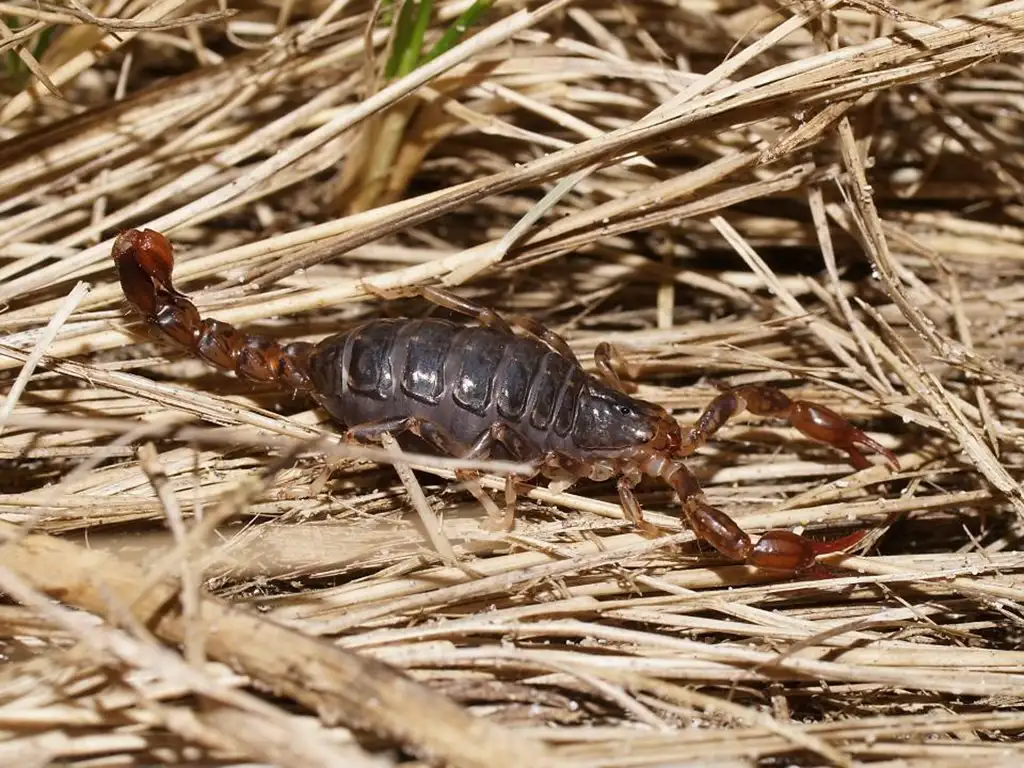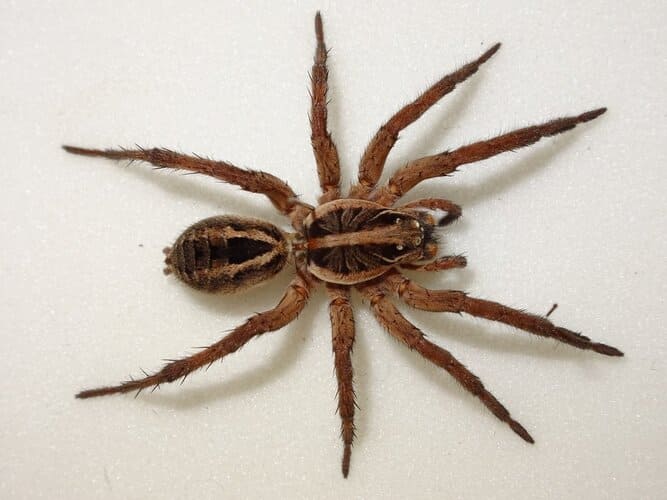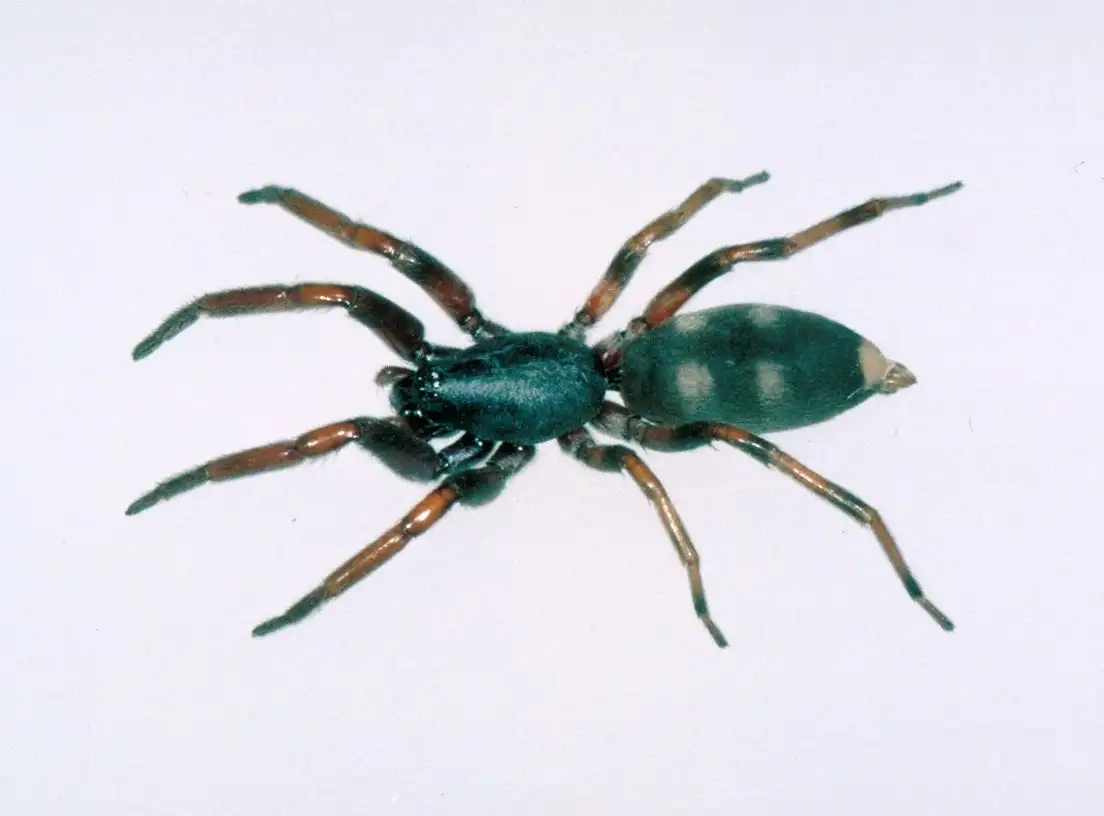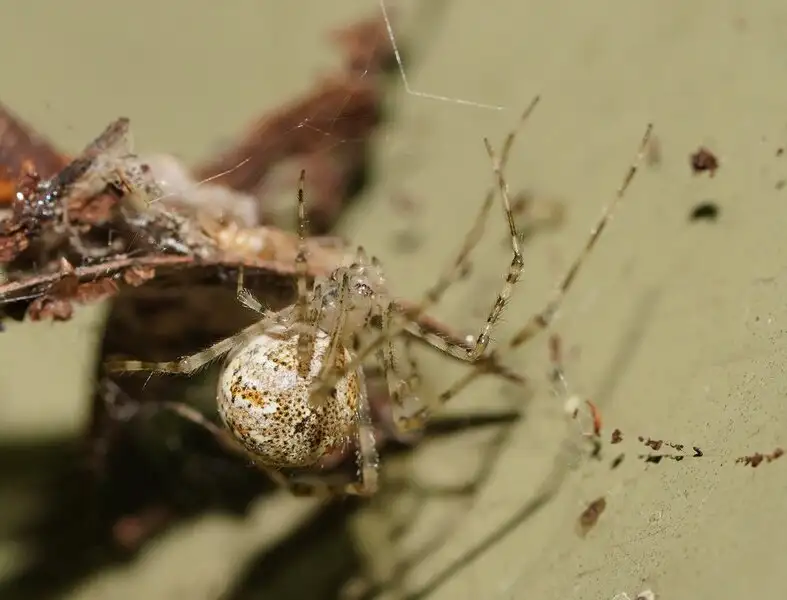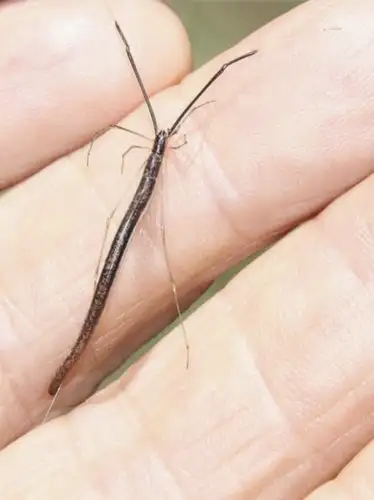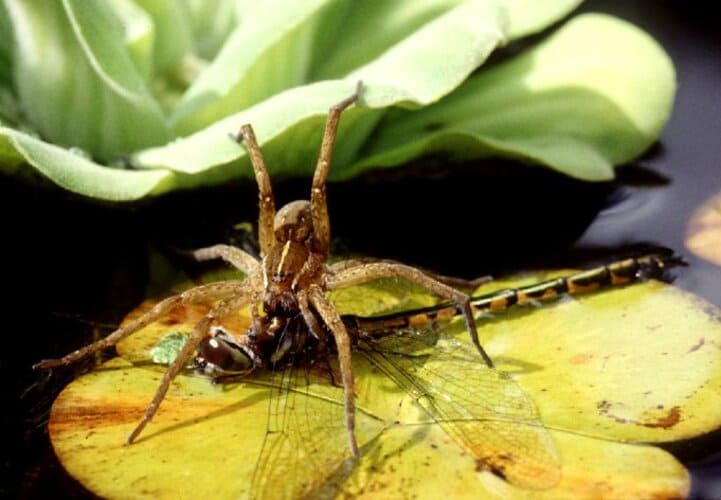Morpho Helena
IUCN
LCBasic Information
Scientific classification
- name:Morpho Helena
- Scientific Name:Morpho Helena,Blue morpho Helena butterfly,Helena Morpho, Goddess of Light, Helena Morpho, Blue Danube
- Outline:Arthropoda
- Family:Insecta Lepidoptera Morphoidae Morpho
Vital signs
- length:7-10cm
- Weight:No verification information
- lifetime:No verification information
Feature
Known as the most beautiful butterfly in the world
Distribution and Habitat
It is produced in Brazil, Peru, Colombia and other countries, and lives in the Peruvian Amazon River Basin in South America. It is very rare, has a weak reproductive capacity, and is very precious. It appears in tropical rainforests in the Neotropical World, such as the Amazon virgin forest, and is also adapted to dry deciduous forests and secondary forests in South America.
Appearance
The Morpho butterfly is large and gorgeous, with a wingspan of 75 to 100 mm. It is sexually dimorphic, with males having shiny metallic blue, green-white, or orange-brown luster. The antennae are slender, about one-third the length of the forewings. The abdomen is short, the underside of the wings is brown, with stripes and rows of eye spots, but the eyes are hairless. The male forefoot tarsus has hair, and the hind wings have an open chamber. The reason for the flash of the Morpho butterfly is that the butterfly's wings are densely covered with scales containing a variety of pigment particles. The denser the fine color ridges on the scales, the stronger the flash produced. The Morpho butterfly's scales are more complex in structure. When light shines on the wings, physical phenomena such as refraction, reflection, and diffraction will occur, producing rainbow-like brilliant colors under the optical effect.
Its whole body is purple-blue, and the blue at the ends of its fro
Details
The Blue morpho Helena butterfly (scientific name: Morpho Helena) was once a subspecies of the blue morpho butterfly (Morpho rhetenor) and is now an independent species. It is a beautiful and dreamy butterfly. The entire wing surface is like white waves surging on the blue sea. Its color and pattern are very spectacular. It is known as the most beautiful butterfly in the world.
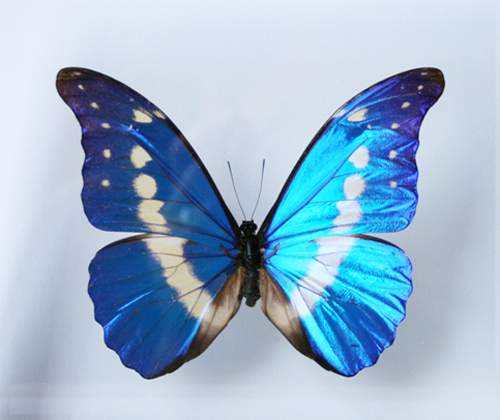
The Light Goddess Morpho butterfly is active during the day and flies quickly and agilely. Male butterflies are territorial, and the metallic luster reflected by their wings indicates the scope of their territory to other male butterflies. They are also completely metamorphosed like other Lepidoptera insects. The life cycle includes four stages: egg, larva, pupa, and adult. Their eggs are in the shape of hanging pupae, and the larvae have obvious colorful "hair clusters" and usually have a tail fork, similar to the larvae of eye butterflies. The larvae generally live in groups and feed on various climbing plants, especially leguminous plants. If they encounter danger, they will emit pungent odors from the glands in their bodies to drive away predators.
There are various protrusions on the head and wings of the pupa, which belongs to the belt pupa. The hosts are mostly plants such as Violaceae, Caprifoliaceae, Salicaceae, Moraceae, Ulmaceae, hemp, Euphorbiaceae, and Rubiaceae. Adults are not good at visiting flowers, and often feed on fallen rotten fruits, feces and other juices.
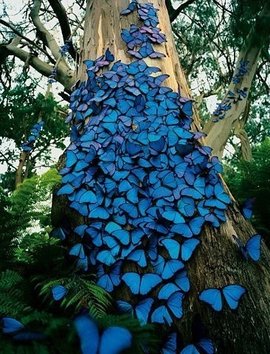
The Morpho butterfly is a completely metamorphosed insect, that is, it will go through four stages in its life: egg, larva, pupa, and adult. Its life history includes four stages: egg, larva, pupa, and adult. Morpho butterfly eggs are generally hemispherical, with a waxy shell on the surface to prevent water evaporation, and a pore at one end, which is the passage for sperm to enter. The adult will lay eggs on its host plant or tender shoots, that is, the plant that the Morpho butterfly larvae will feed on, to prepare a suitable place for the larvae to grow. The larvae of the Morpho butterfly are caterpillars. After hatching, they eat a lot of plant leaves. As the larvae grow, they generally go through 4 to 6 molts. Each time the larvae molt, they become one instar and eat the old outer shell. When the Morpho butterfly larvae are fully grown, they will stop eating and crawl around looking for a suitable place to pupate. The pupae of the Morpho family of butterflies are suspended from the head to the tail, which is called a hanging pupa. They will stretch their bodies to measure whether there is enough space around them to spread their wings smoothly when they break out of the pupa. When a place to pupate is found, the Morpho butterfly will spin silk there and fix the end of its body on the silk. The Morpho butterfly larvae will pupate in a hidden place on the back of the leaf, and then gradually harden and become a pre-pupa. About a day later, the pre-pupa sheds the larval skin, revealing the chrysalis. The larvae's organs in the pupa will gradually decompose and then re-form the body of the Morpho butterfly. When the adult Morpho butterfly matures, it breaks out of the pupa along the head and thorax. The wings of the newly emerged butterfly are wrinkled and the abdomen is swollen. At this time, the butterfly cannot avoid natural enemies. After the wings are spread, the Morpho butterfly can fly. The front and rear wings of the Morpho butterfly flap asynchronously. The adult feeds on the juice of rotten fruits.
It is reported that there are only 3 Morpho butterfly of the goddess of light in my country, 2 of which are in the Xi'an Butterfly Love Flower Insect Museum where this exhibition is held, and 1 is collected by a collector in Beijing.
Protect wild animals and eliminate game.
Maintaining ecological balance is everyone's responsibility!

